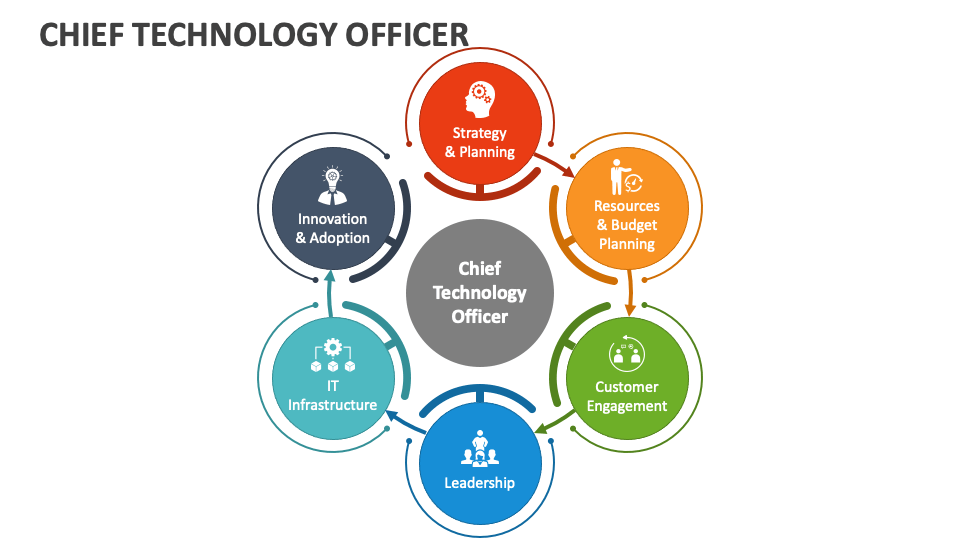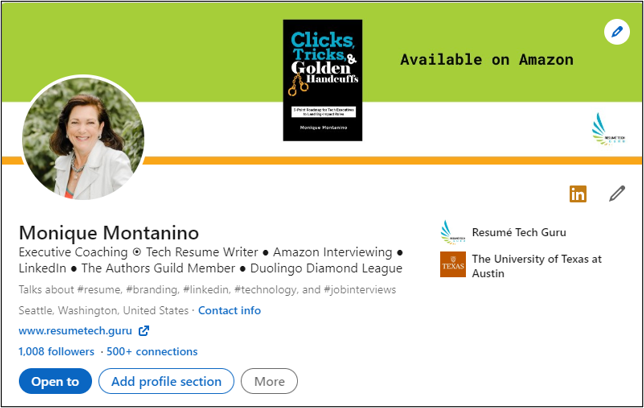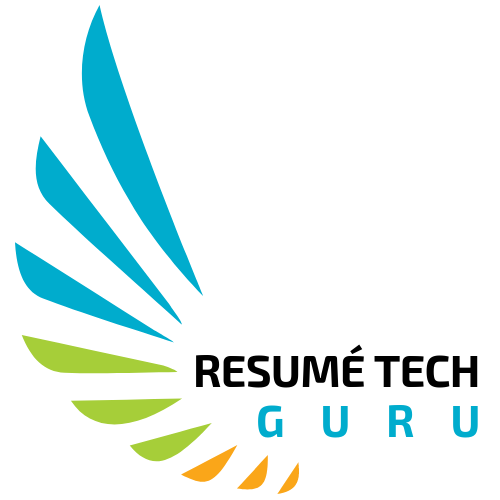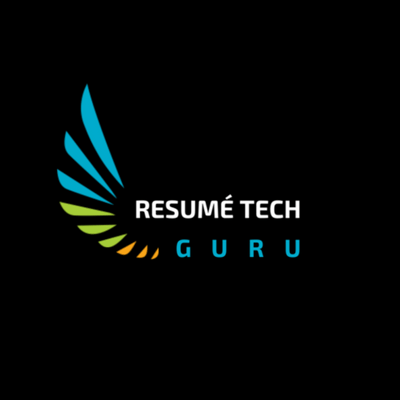Did you know there are 400,000 executive recruiters on LinkedIn? Nineteen percent of them focus on technology executives. The question is, how do you make these 79,000 pairs of eyeballs focus on you?
I presented this topic on Wednesday, May 9, at the WomenTech Network Conference. Within 40 minutes, I covered how to become a tech executive recruiter magnet by focusing on your:
- Personal brand
- Executive skills
- Elevator pitch
- Visibility tactics
Personal Brand
There are differing opinions regarding what constitutes a personal brand.
Jeff Bezos believes your personal brand is what people say about you when you’re not in the room. I’m a mentor for the WomenTech Network, and in my last session with Jenny, I asked her to describe a personal brand. She mentioned it’s your reputation, follow-through, and commitment.
Two years ago, I wrote the book Clicks, Tricks, & Golden Handcuffs: 5-Point Roadmap for Tech Executives to Land Big-Impact Roles.
One stop along the book’s roadmap was focusing on your personal brand. So, what exactly is a personal brand? The best description I read recently was in a Harvard Business Review article by Harrison Monarth. He states everyone has a good, bad, or indifferent reputation, which denotes credibility. On the other hand, a personal brand is intentional; it speaks to your visibility.
You can have credibility with zero visibility.
Case in point: several weeks ago, a Cisco director, impacted by a layoff, contacted me about career consulting. After one month of submitting over 35 job applications, he was frustrated by a lack of recruiter interest.
Before talking on the phone, I reviewed the director’s LinkedIn profile, which provided a specific reason why recruiters weren’t contacting him. His profile lacked visibility for the following reasons:
- Less than 300 network connections
- Headline not optimized with industry-recognized job title terminology
- Zero posts have been written since he had the account
- Only 22 skills were shown, with not one endorsement
- No virtual colleague recommendations
- Lack of professional association engagement
- No participation was mentioned for industry events
This person had an excellent internal corporate reputation for attaining a director-level spot at a Fortune 500 company. Unfortunately, lackluster professional visibility ensued without a personal brand outside the Cisco corporate bubble. In turn, not a click recruiter magnet.
If you want to check out how your LinkedIn Profile ranks on the visibility scale, you can access your Social Selling Index Score. A higher score boosts your profile’s visibility to recruiters and hiring companies. There are four components:
- Establish your professional brand
- Find the right people
- Engage with insights
- Build relationships
There are 2 parts to optimizing your personal brand, including focusing on your career drivers balanced by how your values align with the hiring organization.
The easiest way to understand your drivers is by answering the following questions:
- What are your top 3 skills or talents that you would bring to the next tech exec role?
- Examples: Mentoring, coaching, adaptability, strategic planning, innovation & adoption
- What motivates you to get up in the morning and go to work?
- Examples: Connecting with stakeholders, foreseeing future opportunities, enabling others to act, inspiring a shared vision
- Ten years from now, what do you want to be recognized for bringing to the world?
- Examples: Ethical AI, diversity & inclusion, STEM advocacy, women in tech
Tech exec recruiters seek individuals who will align with their company’s values. Here are a couple of ways to discover corporate values:
- What are the key strengths of the people you admire at the hiring company?
- Examples: Integrity, innovation, public speaking, community involvement
- How do your skills align with what the hiring company rewards?
- Examples: Driving revenue, optimizing operational efficiency, enhancing customer satisfaction, increasing employee satisfaction
Now armed with an outline for your personal brand, let’s identify how your skills map to the hiring organization’s executive role.
Tech Executive Skills
Much of my consulting practice is mapping my client’s skills to potential job opportunities.
An initial benchmark is to uncover the top responsibilities within the specific executive role. Beyond the tech aspect, this infographic for CTO skills identifies two interpersonal skills—leadership and customer engagement. It aligns with the hundreds of executive job descriptions I’ve reviewed over the past 5 years with a focus on the human aspect of a role.

Image Source: SketchBubble
When I collaborate with clients, I ask them to provide three job descriptions that pique their interest. I head on over to www.jobscan.co (that’s not a typo, it’s “co” versus “com.”), cut and paste the responsibilities into the ATS (applicant tracking system) app, upload their resume, and, within less than 5 seconds, I obtain a readout. Beyond formatting, the app maps how their resume meets the job’s hard and soft skills.
The app suggests an 80% skills match which applies more to an entry-level candidate versus an executive. My client’s resume skills initially aligned less than 30% with the job. Through collaboration, we adjust the resume to reflect standard industry terminology for better alignment.
If you review your LinkedIn profile skills section, you’ll obtain crowdsourced information from your colleagues, bosses, and employees. I work with clients to address any existing gaps to map to executive job descriptions. It’s easy to add LinkedIn critical skills and request colleague endorsements to increase your ranking for recruiter’s searches.
Time to move on to how to discuss your personal brand and highlight your talents in response to the recruiter’s question, “Please tell me about yourself.”
Your Elevator Speech
You typically have a 15-minute discussion with the recruiter in a job candidate screening call. You need to create a 60-second elevator speech to capture their attention.
It’s a challenge for some clients; therefore, I created a simple 3-part structure to develop their concise response. It starts with outlining the following, developing an evolution story, and then practicing it to gain a strong confidence level for delivery.
- Context: Place your experience into context
- Actions: Highlight achievements
- Results: Offer intangible strengths you can deliver to the hiring company
Here’s mine:
- Context: I’ve come full circle as Corporate Brand Consultant for Coca-Cola, General Motors, and the US Army to a personal brand consultant for tech execs seeking their next big-impact role. For 18 years, I was a marketing and sales executive for two Fortune 200 companies. It allowed me to retire early.
- Actions: But I got bored. I pivoted and returned to school to become a certified career coach for tech execs.
- Results: I’ve conducted 1,350 resumé critiques, held 700 coaching sessions, and executed over 350 LinkedIn profile makeovers. My clients apply advice about interviewing and networking to achieve success.
Once you’ve developed the elevator speech on paper, it’s time to practice. Initially, I practiced mine on my hourly daily walks. Out loud. Most people didn’t notice me since they were plugged into their headsets or chatting with others.
You should sign up for a free account at yoodli.ai. It’s an AI-based communication coach to practice on your computer desktop. The AI dashboard provides speaking insight on two dimensions, including:
- Delivery: Eye contact, pacing, pauses, smiles
- Word choice: Repetition, filler words, non-inclusiveness, weak words
It’s improved my presentation delivery, and I guarantee it will help you in an interview.
What else can you take on to attract those 79,000 tech executive recruiters? Let’s head over to LinkedIn.
Visibility Tactics
It’s essential to create a list of potential advocates, whether you are seeking a promotion within your current company or seeking an external position. It’s best to initiate this many months preceding a job change. I believe in creating power networking maps with the names of people who can be your mentor, coach, or next boss, plus their direct reports and colleagues. Identify for each person the following:
- Key talents
- Success stories
- Importance of establishing a relationship with them for your professional development
Once your list is complete, it’s time to contact them. Call them or send an email requesting 15 minutes of their time along with an agenda. Let’s start by stating what you admire about their talents and success stories. Next, I would tee up three questions you would like to address such as:
- What type of leadership style works best within the corporate culture?
- What is the key to their professional success?
- What advice would they give their younger professional self to become better collaborators?
- What’s the one lesson they wish they had learned sooner?
The focus is on your advocate versus what you want to achieve. That will come next if the professional relationship continues.
In tandem with this exercise, I recommend optimizing your LinkedIn profile. To see how your personal brand stacks up in your industry and professional network, go to the LinkedIn Social Selling Index at linkedin.com/sales/ssi. The score fluctuates daily and is based on how complete your profile is and your thought leadership based upon meaningful posts.
I searched for a CTO profile that could serve as a benchmark for you to clone and own. The top one is for Diane Jurgens, who I don’t know and isn’t my client.
Three things stand out to me about her profile:

- Profile Photo: If you are driving toward a role that annually compensates you between $250K- $4 million, please spend $250 to take your photo professionally. Diane is shown smiling and wearing business attire. I’m amazed at profiles with individuals wearing sunglasses or featuring holiday party attire with the significant other cropped out of the picture. Most arms don’t naturally extend vertically; they fall at your waist.
- Headline: The standard is your current job title and company. Diane enhanced hers by adding two titles (CTO and CIO), added her personal brand visibility by highlighting recognition and awards, and finished with what she values (STEM advocate). You can enhance yours with a vertical segment call out or channel focus, such as B2B, B2C, or D2C.
- Background Photo: I call this your personal brand billboard. In Diane’s LinkedIn “about” summary, she shares a love of adventure, and this photo depicts one of the 75 countries she has visited. Another take is to upload a copyright-free image related to your tech passion by accessing unsplash.com or canva.com. Both are free to access and have photos you can download for free. In the case of Canva, they have free LinkedIn profile templates you can modify with your text, images, and colors, as I did in my profile below.
Another recruiter visibility type is turning on your LinkedIn “Open to” finding a new job button depicted on the lower left of my profile. There are two selection options.
- Recruiters only: While they take steps not to show recruiters at your current company, that can’t guarantee complete privacy.
- All LinkedIn members: Includes recruiters and people at your current company. This selection adds the #OpenToWork green circular photo frame.

That’s a Wrap
There are many paths to becoming a tech recruiter click magnet. A solid foundation is generated by optimizing your personal brand, mapping your key talents to your next job requirements, delivering a brief elevator speech, and tuning up your LinkedIn profile visibility.
Best wishes to you in your job search.



